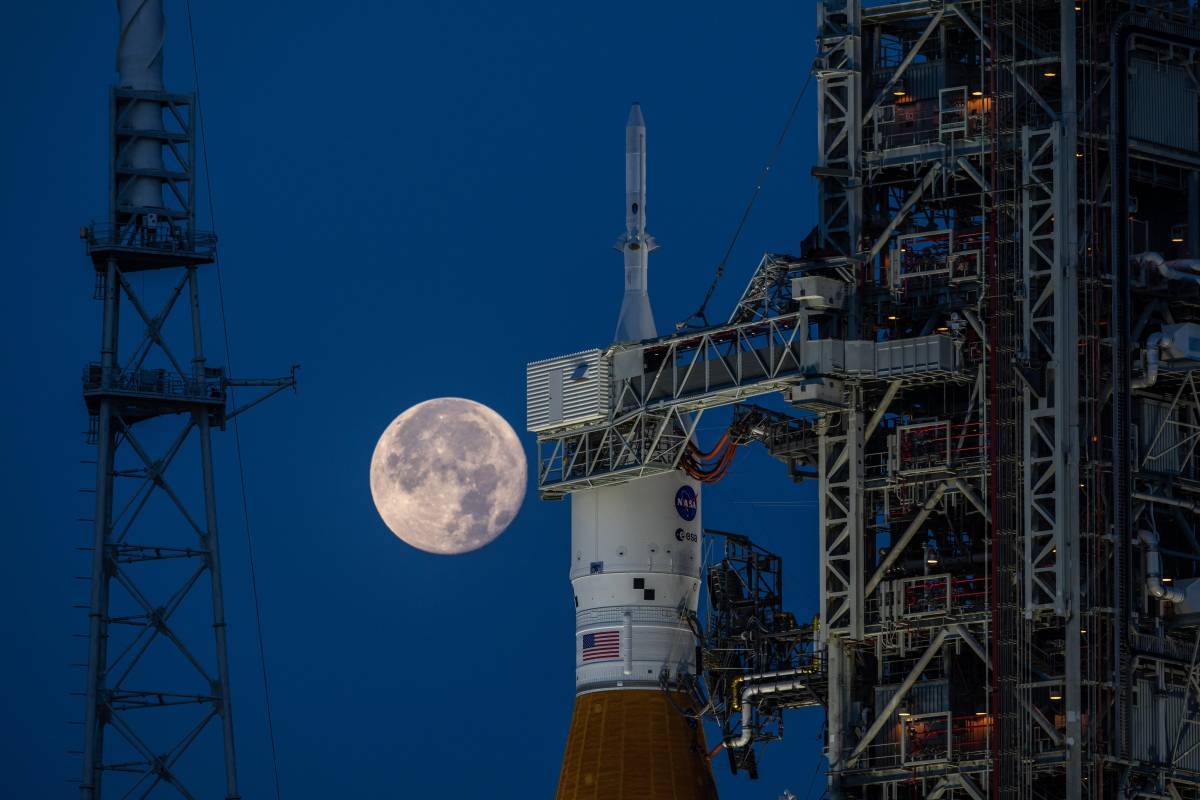The space agency said that next possible launch window is September 19 to October 4, and failing that, October 17 to 31…reports Asian Lite News
After postponing the Artemis I moon rocket mission for the second time due to a fuel leak, NASA officials said Saturday it may not be possible to try again this month.
According to Jim Free, associate administrator for Exploration Systems Development, the current launch window for NASA’s Artemis 1 mission to the Moon ends Tuesday and is “definitely off the table.”
The space agency said that next possible launch window is September 19 to October 4, and failing that, October 17 to 31.
The ability to take off during those windows “will really depend on the options that the team comes back with likely on Monday or early Tuesday morning,” said Free, AFP reported.
Millions around the globe tuned in to live coverage and crowds gathered on beaches in Florida on Saturday hoping to witness the historic blastoff of the Space Launch System (SLS).
Bu the mission was again postponed after an issue was found related to a leak in the hardware transferring fuel into the rocket.
“The #Artemis I mission to the Moon has been postponed. Teams attempted to fix an issue related to a leak in the hardware transferring fuel into the rocket, but were unsuccessful,” NASA tweeted.
The Artemis I flight test is an uncrewed mission around the Moon that will pave the way for a crewed flight test and future human lunar exploration as part of Artemis.
“Managers waved off the first launch attempt on August 29 when launch controllers were unable to chill down the four RS-25 engines, with one engine showing higher temperatures than the other engines,” NASA said in an earlier statement.
NASA had called off a planned test flight of the Artemis rocket around the moon after a series of setbacks including an engine issue, a hydrogen leak, and stormy weather off the coast of Florida.
“The launch of Artemis I is no longer happening today as teams work through an issue with an engine bleed. Teams will continue to gather data, and we will keep you posted on the timing of the next launch attempt,” NASA said in an earlier tweet.
It’s the first mission in NASA’s Artemis lunar program, which is expected to land the agency’s astronauts on the moon by its third mission in 2025.
NASA plans to fly Orion as close as 60 miles above the moon’s surface, before moving into a wide orbit around the lunar body. To return, Orion will use the moon’s gravity to assist it in setting a trajectory back into Earth’s orbit.
Orion is expected to splash down in the Pacific Ocean off the coast of San Diego, California where a team of NASA and Department of Defence personnel will recover the capsule.

